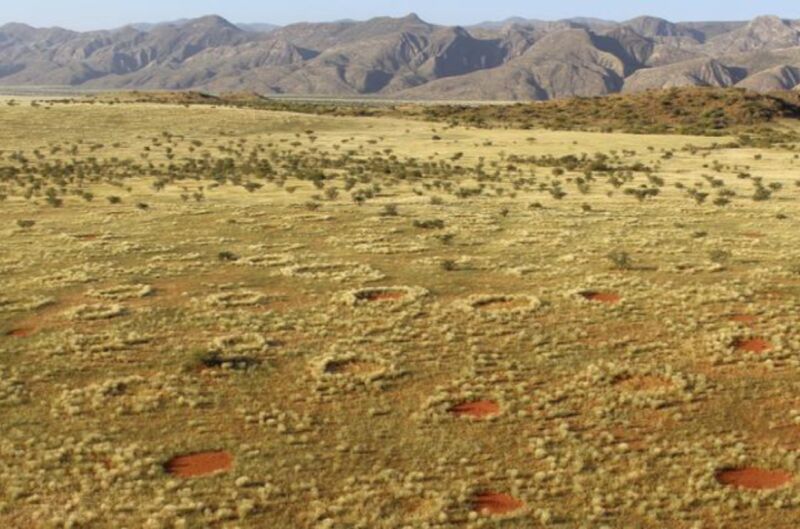Namibian fairy circle debate rages on: Sand termites or Turing mechanism? [Updated]

Enlarge / Bare, reddish-hued circular patches in the Namib Desert known as "fairy circles" are also found in northwestern Australia. (credit: UHH/MIN/Juergens)
Himba bushmen in the Namibian grasslands have long passed down legends about the region's mysterious fairy circles: bare, reddish-hued circular patches that are also found in northwestern Australia. In the last 10 years, scientists have heatedly debated whether these unusual patterns are due to sand termites or to an ecological version of a self-organizing Turing mechanism. Last year, a team of scientists made a strong case for what they deemed definitive evidence of the latter, thus ruling out sand termites, but was their declaration of victory premature?
A recent paper published in the journal Perspectives in Plant Ecology, Evolution, and Systematics offers a four-point rebuttal of those 2022 findings, concluding that sand termites may be to blame after all. Meanwhile, the authors of that 2022 study have offered a counter-rebuttal to the rebuttal; there is currently a preprint undergoing peer review at the same journal.
The to and fro between opposing camps has often been nothing less than vitriolic," Michael Cramer, an ecophysiologist at the University of Cape Town who has studied fairy circles, told The New York Times last year. That's partly because of how challenging it is to definitively prove causation for a long-lived ecological pattern that cannot be replicated in the lab"-however strenuously one side or the other may claim to have proven their case.